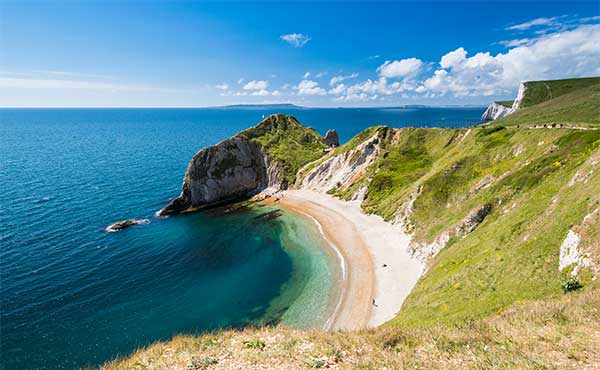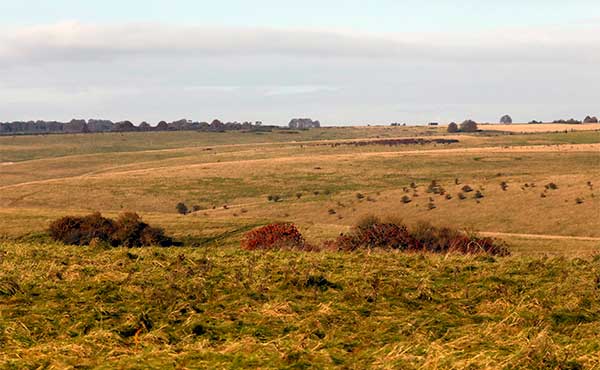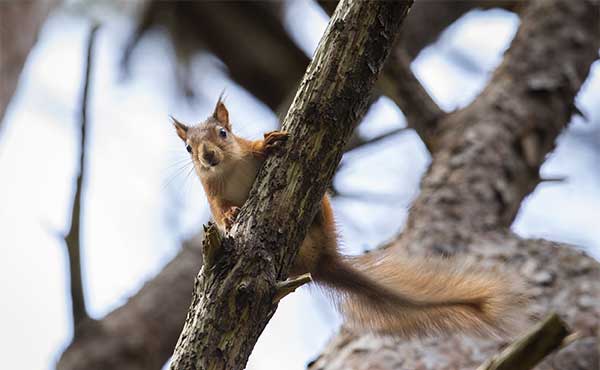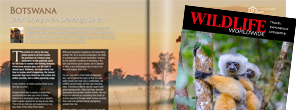Mike Dilger
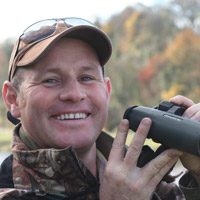
Mike Dilger has been an obsessive naturalist since childhood, equally at home either identifying wild flowers in the British countryside, or surveying the Amazon for hummingbirds.
With degrees in Botany and Ecology, Mike’s obsession with the tropics began when studying moths in the South American Andes. This then led to over five years carrying out research work in the tropical forests of Ecuador, Vietnam, Tanzania and Peru.
Finally emerging out of the bush and returning to Britain to find a job in television, Mike is probably best known as the wildlife expert on the BBC’s The One Show. Pontificating about everything from bumblebees to basking sharks, Mike has racked up over 450 appearances during his 15 years on the show.
His main job now is as a professional plate spinner, which involves intermingling TV commitments, tour-leading, writing and giving talks. Mike leads trips for Wildlife Worldwide from the Somerset Levels to the Scottish Highlands in the UK, while abroad he takes guests to Ecuador and Madagascar.
A columnist for BBC Wildlife Magazine, Mike has also written eight nature-themed books, with his most recent being One Thousand Shades of Green - A Year in Search of Britain’s Wild Plants.






























